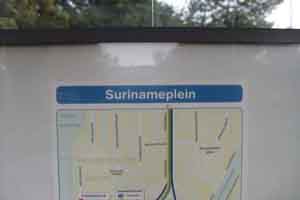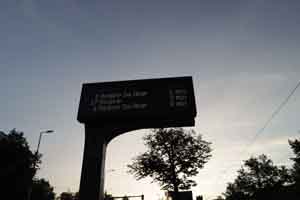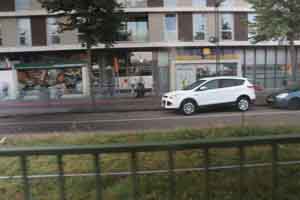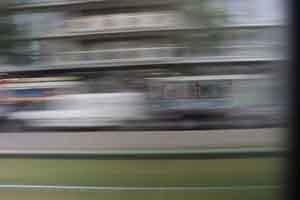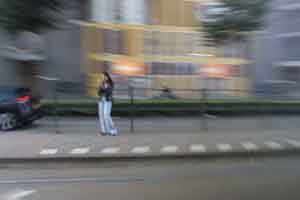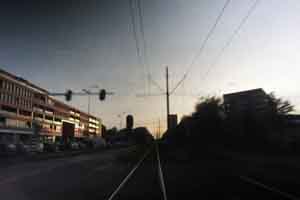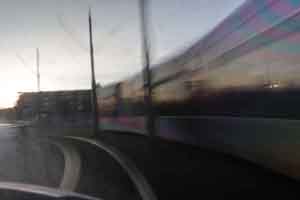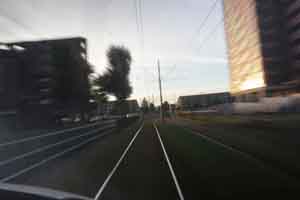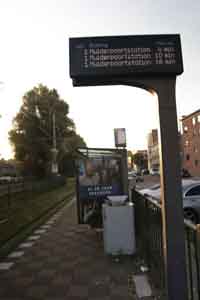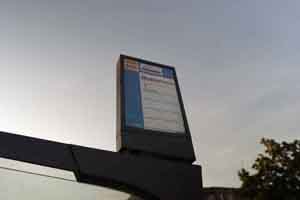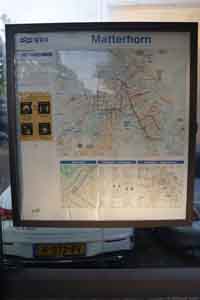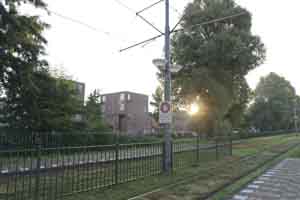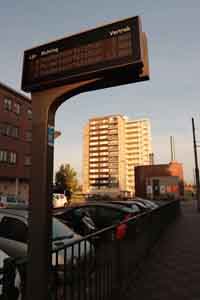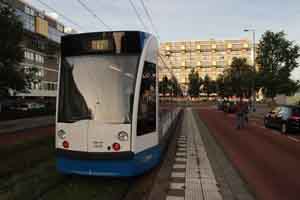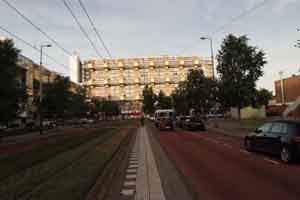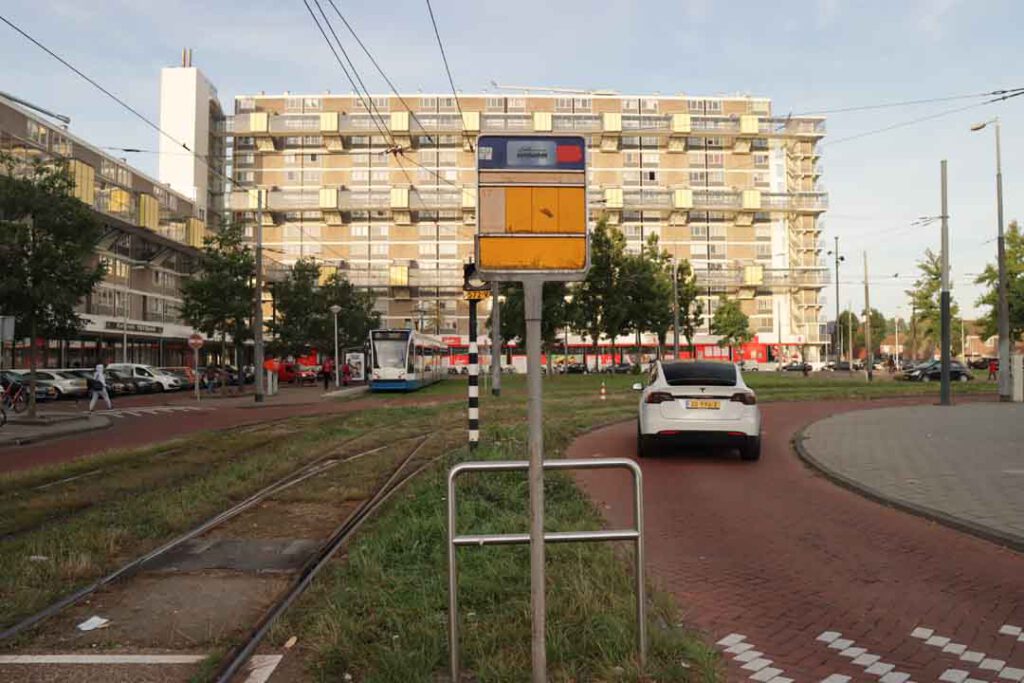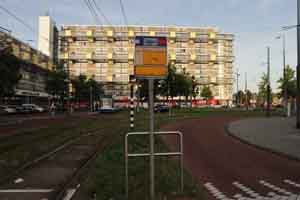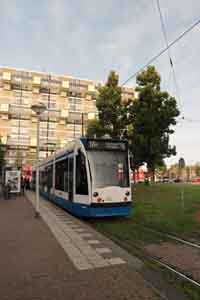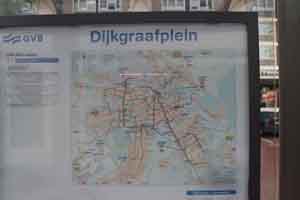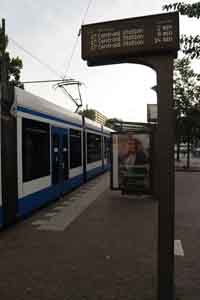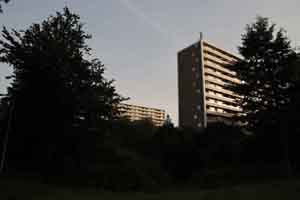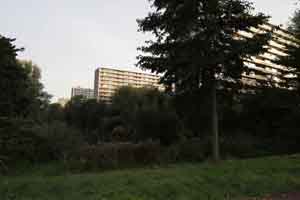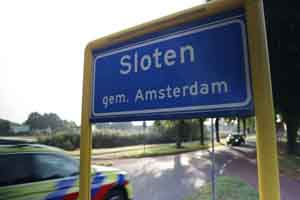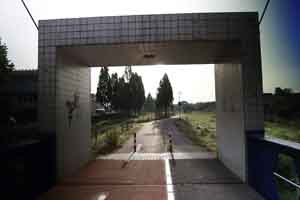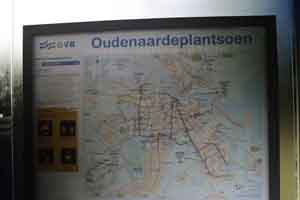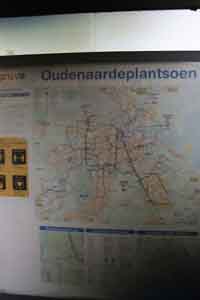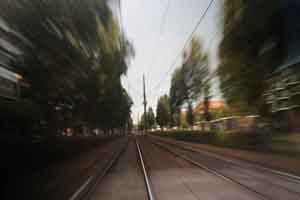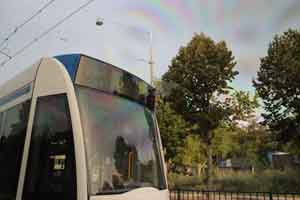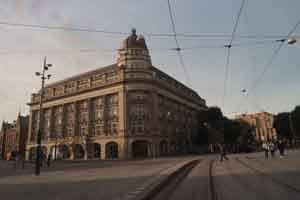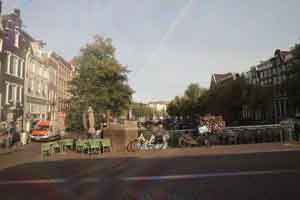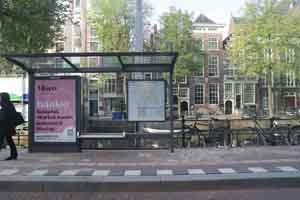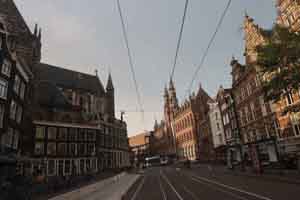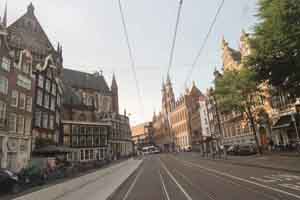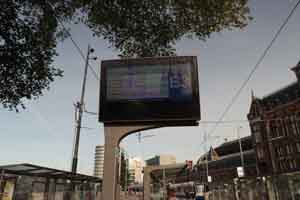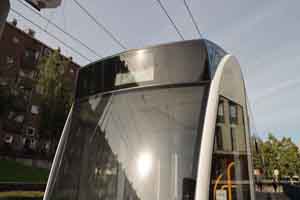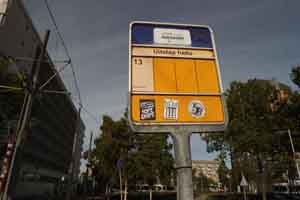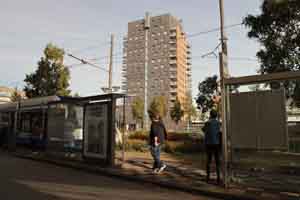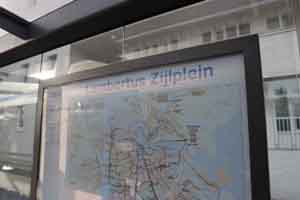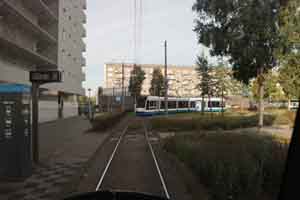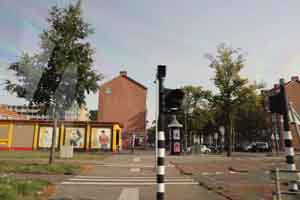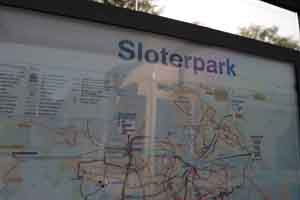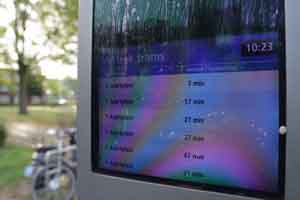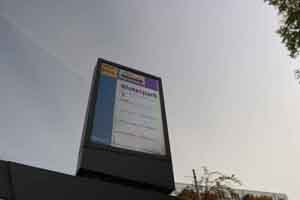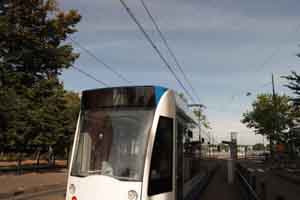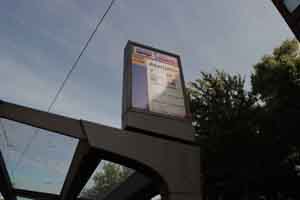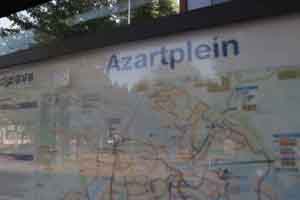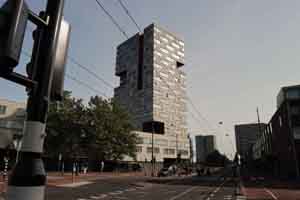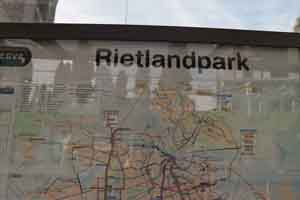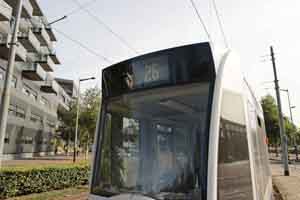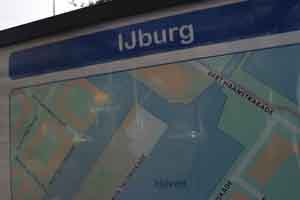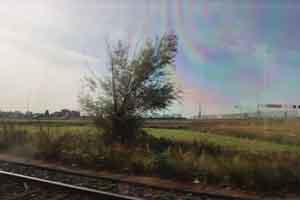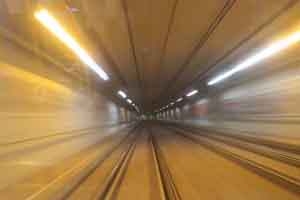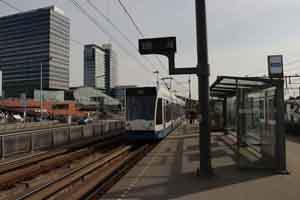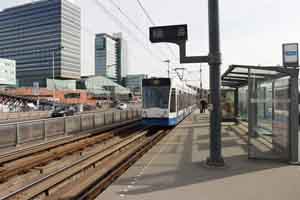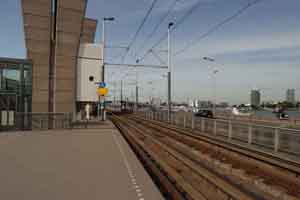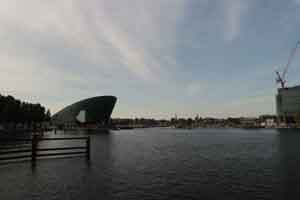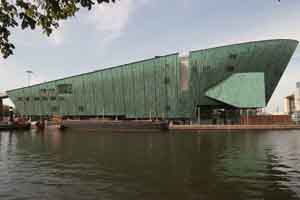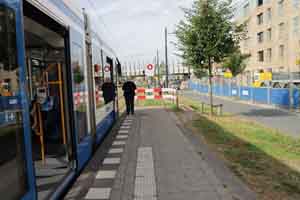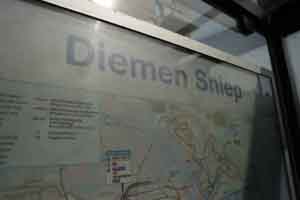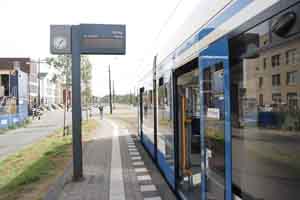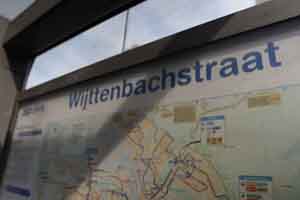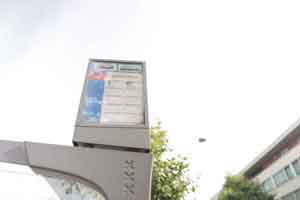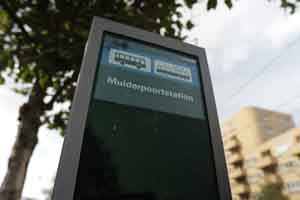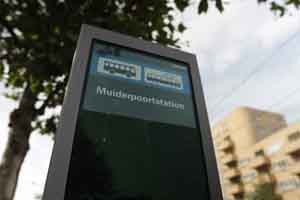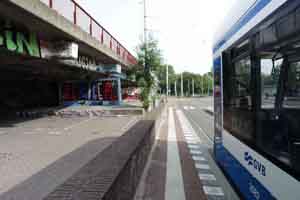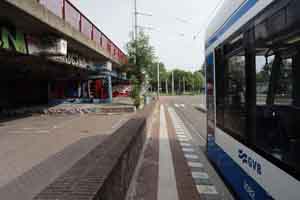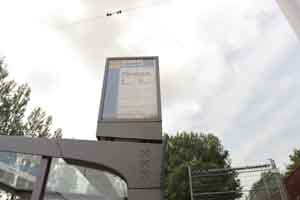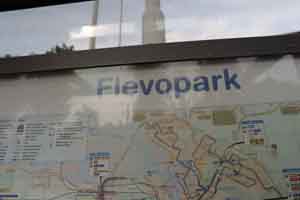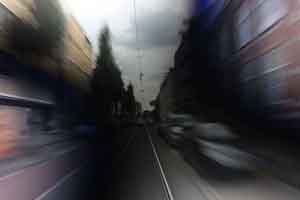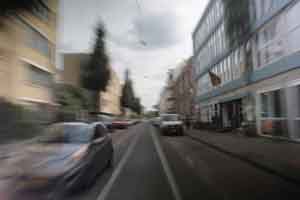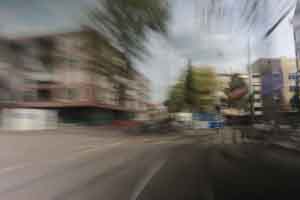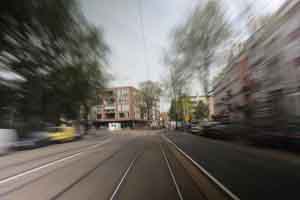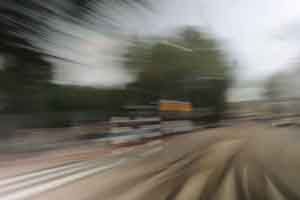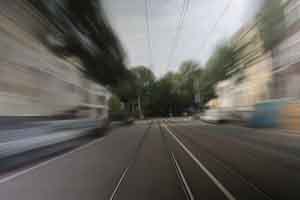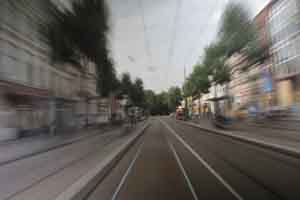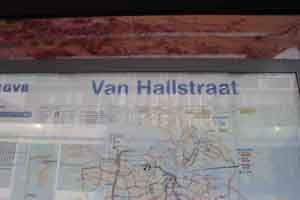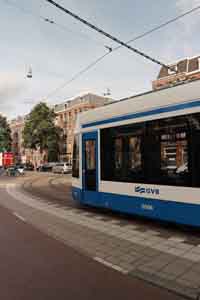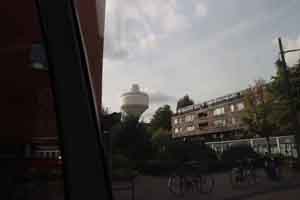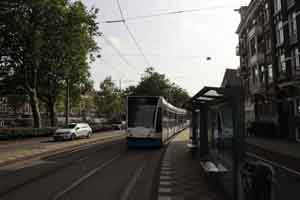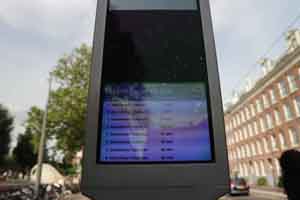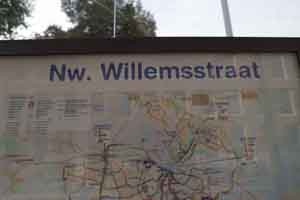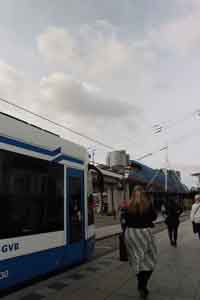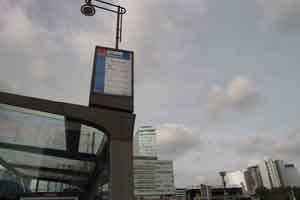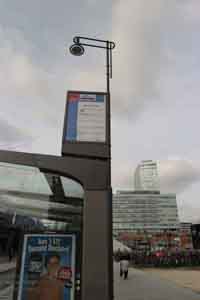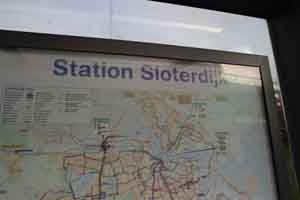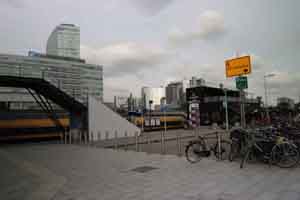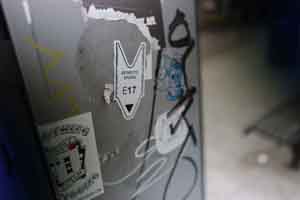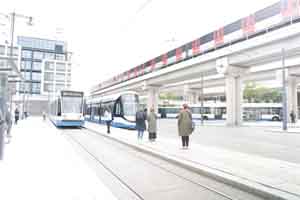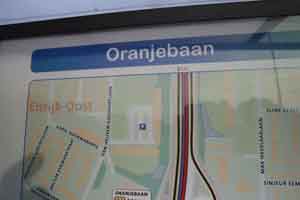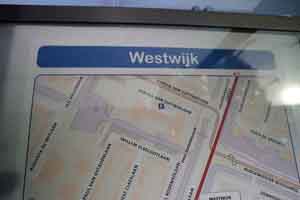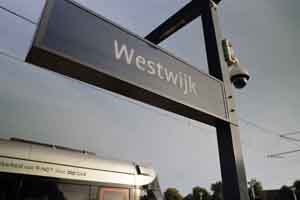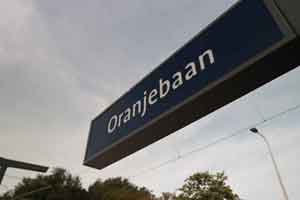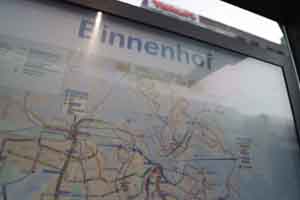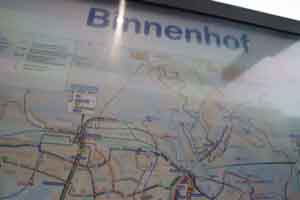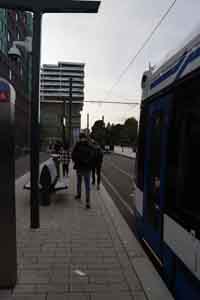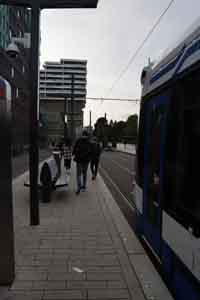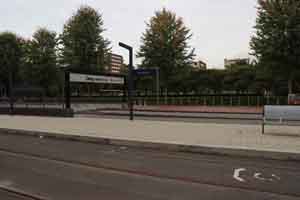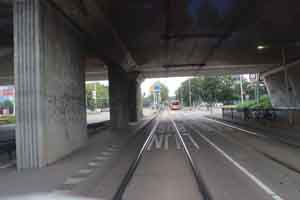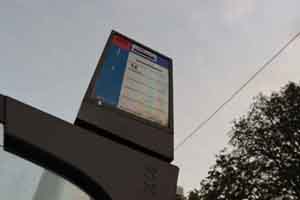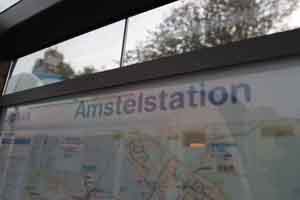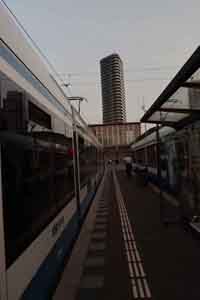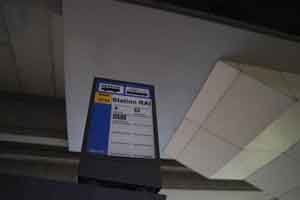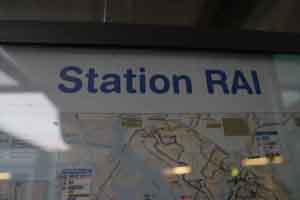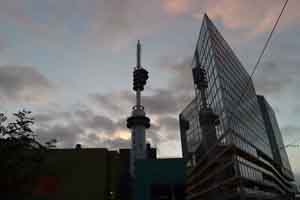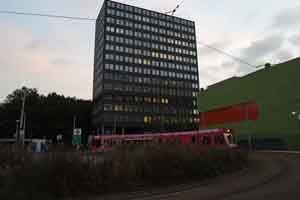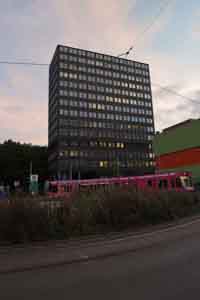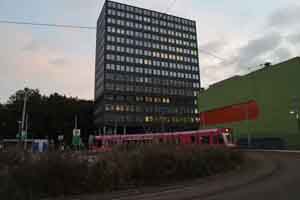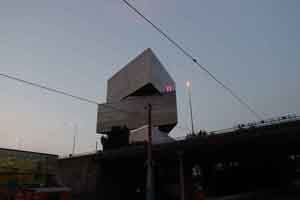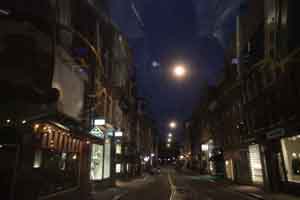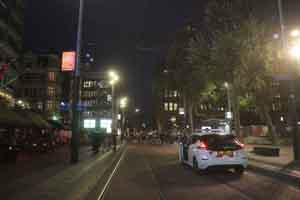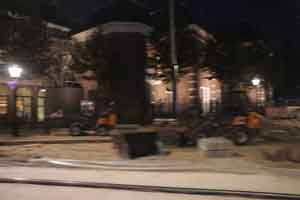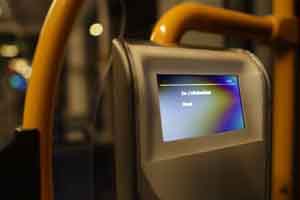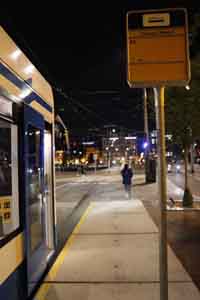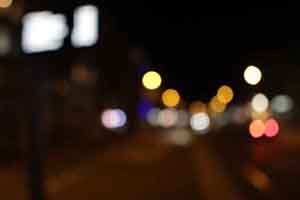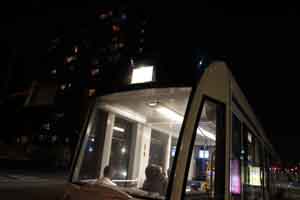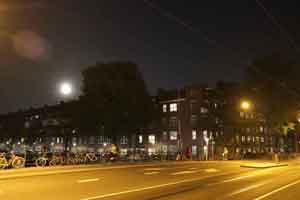Tramsterdam: Exploring Amsterdam’s Tram Network in a Single Day
Introduction: A Journey of Curiosity and Connection
As a child, I was always fascinated by transport. I grew up in local council housing, which gave me an awareness of how cities are structured and the social classes that inhabit them. Over time, my fascination with transportation evolved into a broader interest in how cities connect people-both physically and socially. One day, this curiosity led me to a project that I would call “Tramster Dam.”
The idea was simple, if a little ambitious: I would travel on every single tram line in Amsterdam in a single day, visiting every stop and observing the city’s flow from its very fringes to its bustling center. What started as a personal challenge turned into an eye-opening journey through the layers of Amsterdam’s social and urban fabric.
Inspiration: Public Transport as a Social Equalizer
What intrigued me about this project was the idea that, at certain points in every city, public transport brings people together-no matter their background or social class. In a city like London, for example, a millionaire living in Knightsbridge may board the Piccadilly Line to travel to King’s Cross, while someone from a working-class area might ride that same train from Heathrow to the north of London. For those few moments, they’re sharing the same carriage, traveling at the same speed, side by side.
It’s a rare moment of equality in a world where inequality is so stark. In that space, everyone is moving at the same pace-regardless of their wealth, status, or background.
The Plan: Mapping the Tram Lines of Amsterdam
My love for transport and the structure of cities led me to this idea: could I visit every tram stop in Amsterdam in one day? Amsterdam’s tram system is one of the primary ways the city connects its people, alongside its famous cycling culture. While I had walked the 50km A10 Ring Road around the city several times, I had never explored the city by tram in this way. I wanted to see how the different parts of Amsterdam-its wealthier districts, its working-class neighborhoods, and its tourist areas-were all connected.
I set out with a rough plan: start at my local tram stop, travel to the end of each line, and then come back. I thought it would take about seven hours, but in the end, it stretched to nearly 12 and a half hours. What I didn’t fully anticipate were the logistical challenges-like figuring out the most efficient route or accounting for delays, diversions, and unexpected stops. While I initially mapped the tram lines using pen and paper, once real-world issues like tram delays came into play, I quickly realized that flexibility was key.
Observations: The City’s Social Landscape
As I traveled through every tram stop in Amsterdam, I began to notice the social transitions that occurred as we moved from one part of the city to another. At the outskirts of the city, in areas less visited by tourists, I saw a very different Amsterdam-places where people rely on public transport daily to go about their lives. There were families, older residents, and workers using the trams to travel from quieter residential areas into the bustling city center.
As the trams moved closer to the city center, the dynamic shifted. The trams filled with tourists, students, and businesspeople, all sharing the same space but clearly traveling for very different reasons. This observation mirrored what I’d noticed in my A10 Ring Road walks-how social class often manifests itself geographically in urban areas. In some parts of the city, you could see a wealthy private estate on one side of the road and a social housing block on the other. Despite this proximity, there was a clear divide between the two worlds.
The trams, like the roads, bridged these divides in a way that made the city feel more connected, even if the lives of those traveling were vastly different.
Challenges: The Reality of a Full-Day Adventure
One of the biggest challenges of this project was staying focused throughout the day. While I enjoyed the concept of visiting every tram stop, after a few hours, the experience became repetitive. I found myself more focused on reaching the end of each line rather than engaging with the journey itself. Maintaining focus over such a long period is difficult, and I realized that breaking the project into smaller segments over several days might have allowed for a deeper exploration of each tram line and the communities they served.
Another challenge was navigating the tram network efficiently. I hadn’t anticipated how frequently trams would cross each other’s paths or how delays and diversions would throw off my carefully crafted plan. Still, these logistical hurdles were part of the fun and kept the day interesting.
Reflections: A Window into Amsterdam’s Urban Soul
What I took away from the Tramster Dam project was not just a better understanding of Amsterdam’s tram network, but a deeper insight into the city itself. Public transport, in many ways, is the lifeblood of a city-it connects its people, neighborhoods, and stories. But it also reveals the divisions within the city, where social class, income, and opportunity intersect in subtle ways.
Seeing how different parts of Amsterdam were connected by these tram lines made me appreciate the complexity of urban life. It reminded me that cities are not just places where people live-they are ecosystems where every individual’s journey is part of a larger, intricate web.
Conclusion: The Future of Tramster Dam
In hindsight, while I enjoyed the challenge of visiting every tram stop in a single day, I realized that this project could be expanded further. I would love to explore more cities in this way-perhaps The Hague, Rotterdam, or even cities outside of the Netherlands. There’s something deeply engaging about exploring a city through its public transport system, and I believe there’s much more to learn from observing the way people move through these shared spaces.
Ultimately, Tramster Dam wasn’t just about ticking off every tram stop in Amsterdam-it was about seeing the city from a new perspective, understanding its connections, and reflecting on the way urban life brings us all together, even if only for a brief moment on a tram.
Introd
